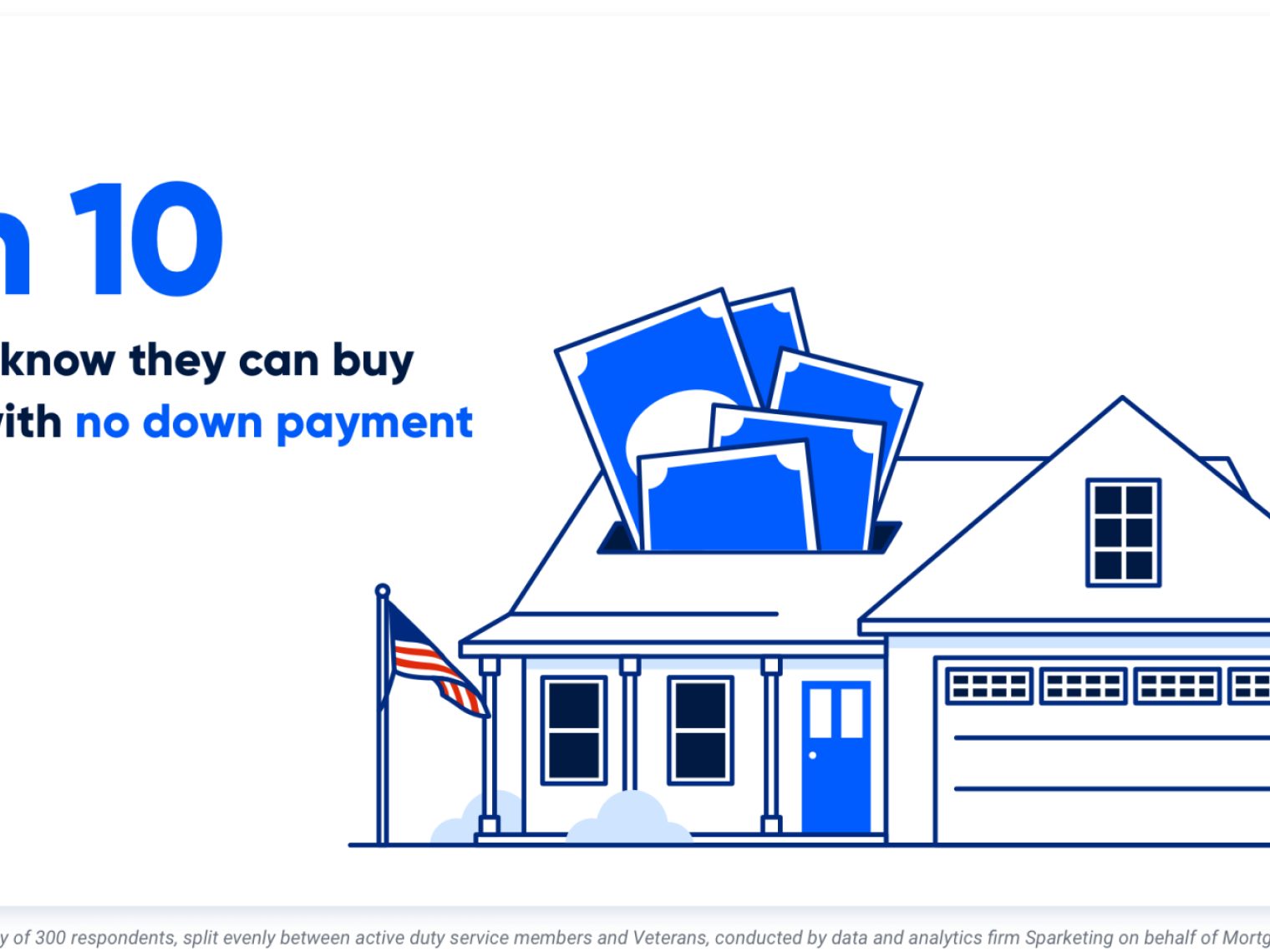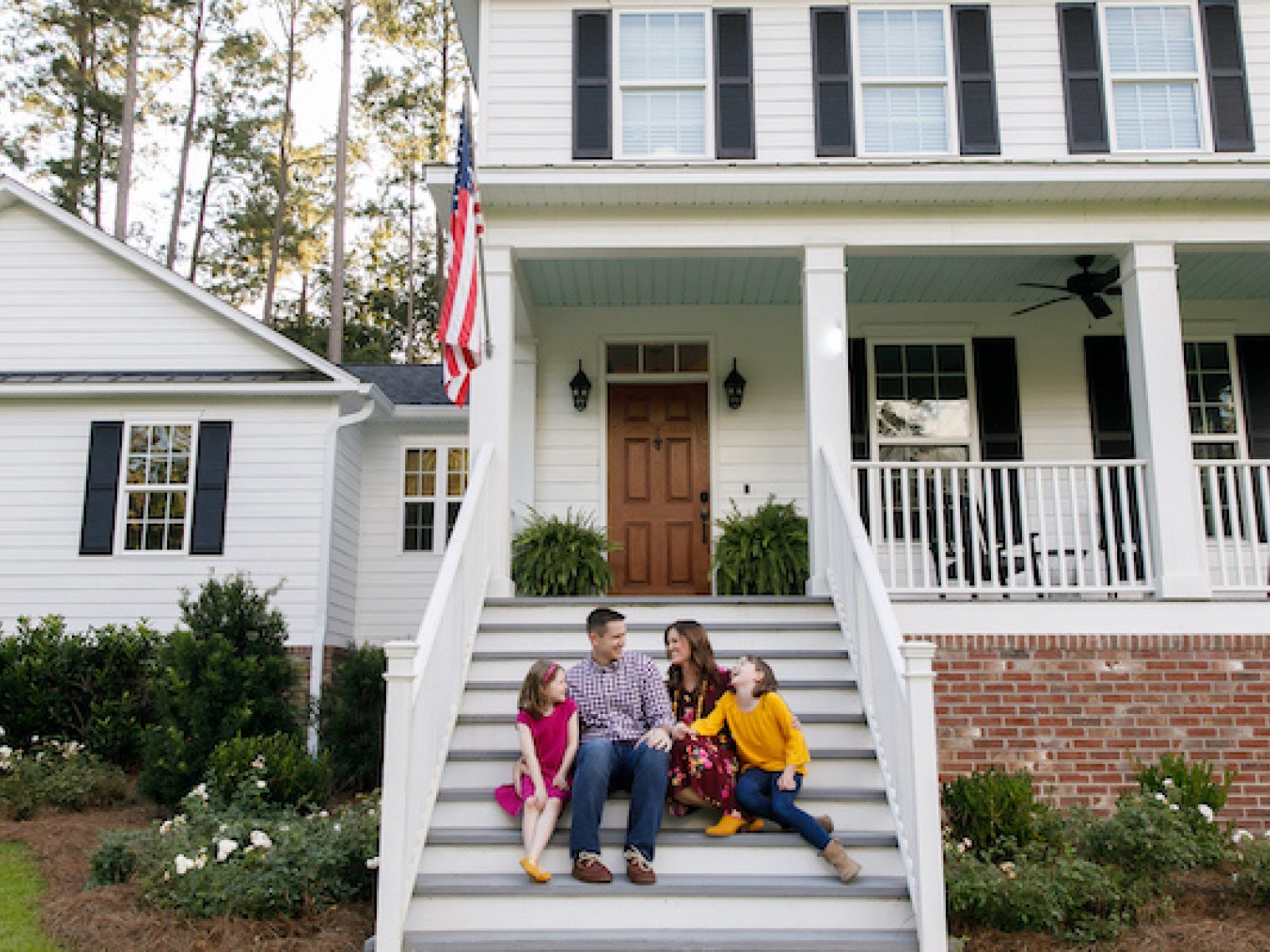"How big is the yard?” –1950’s-era home buyer
“What coffee shops can I walk to?” –Modern home buyer
Walkability has arguably never been hotter among potential buyers. And it’s not a surprising trend when you think about how we live. We’re getting married later, having smaller families and facing higher gas prices. The long-distance retreat with the big yard simply isn’t a necessity for today’s single, environmentally-conscious home buyer.
But are modern buyers willing to pay big bucks for “walkability?"
What is Walkability?
Walkability refers to a property’s proximity to needed services. There’s even an international measure of walkability, known as a “Walk Score." Measured on a scale of 1 to 100, a higher Walk Score translates to easier walks to shops, restaurants, jobs and community services.
Why Does Walkability Matter?
Home buyers flock to walkable neighborhoods for several reasons. WalkScore.com says purchasing in a walkable area helps buyers accrue the following benefits:
- Easier commutes
- More public transportation options
- Environmentally-friendly
- Happiness
- Better health
- Better sense of community
But haven’t home buyers always wanted these things? Not exactly.
Shifting Away From Suburbs
City centers weren’t always nice places to be. Crime, coal dust and factory pollution once plagued most downtown areas. Folks wanted quieter, cleaner places to live. Hence, the suburbs appeared.
But with downtown deindustrialization and changing demographic preferences, the former appeals of the suburbs have turned into burdens for some buyers. More and more people move from the suburbs in a process known as "suburban flight."
“More and more people want convenience, they want to walk, and they want neighborhoods with character,” said Clark Anderson, Colorado Program Director of the Sonoran Institute, a nonprofit community development group.
And, importantly for real estate agents, they’re willing to pay for it.
Does Better Walkability Translate to Higher Home Prices?
The Sonoran Institute studied six communities in the West, and found that the average price per square foot for walkable development was 18.5 percent higher than other types of housing between 2000 and 2011.
Those results were replicated in a 2009 CEOs for Cities study, which found walkability to be correlated with higher home prices in metro areas of different sizes and in different regions of the country. According to this study, homes with above-average levels of walkability are valued $4,000 to $34,000 higher than homes with just “average” levels of walkability.
“It adds so much value to the house to be close to downtown,” said Illinois RE/MAX agent Carrie Kenna. “There are the social, convenience and entertainment reasons. With shops to visit and restaurants to dine at, downtowns are thriving areas that buyers want to be near.”
Buyers clearly expressed those desires in the Sonoran Institute study:
- 90 percent of respondents said it was important to live in a place where it is easy to walk to other things in the community
- 62 percent of respondents would trade lot size to live within walking distance of parks, trails and recreation
- 37 percent of respondents would trade single family for attached housing in order to live in or near downtown
So take note, agents. In the near future, listings may place more emphasis on the shops and restaurants within walking distance than lot size.
After all, which listing headline sounds more appealing? “Cupcake shop just down the block!” or “Large lovely lawn (which you’ll need to maintain)!”
Let me just say: I’m a sucker for a good cupcake. And so are today’s buyers.
Related Posts
-
 VA Loan Down Payment RequirementsVA loans have no down payment requirements as long as the Veteran has full entitlement, but only 3-in-10 Veterans know they can buy a home loan with zero down payment. Here’s what Veterans need to know about VA loan down payment requirements.
VA Loan Down Payment RequirementsVA loans have no down payment requirements as long as the Veteran has full entitlement, but only 3-in-10 Veterans know they can buy a home loan with zero down payment. Here’s what Veterans need to know about VA loan down payment requirements. -
 5 Most Common VA Loan Myths BustedVA loan myths confuse and deter many VA loan borrowers. Here we debunk 5 of the most common VA loan myths so that you can borrow with confidence.
5 Most Common VA Loan Myths BustedVA loan myths confuse and deter many VA loan borrowers. Here we debunk 5 of the most common VA loan myths so that you can borrow with confidence.

